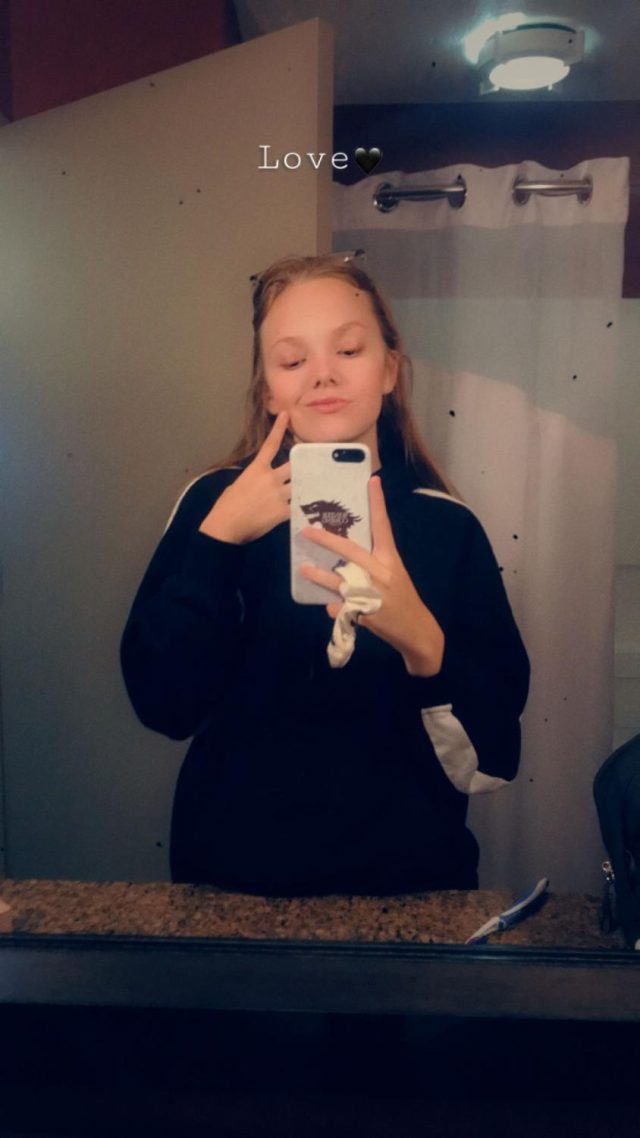
It’s a common practice in modern-day filmmaking to throw in techniques to scare or startle an audience as media, especially the genre of horror, rely a lot on their fear factors. There are many different ways to achieve shock value or a good scare, and among the several skills usable, jumpscares are among the most common. Jumpscares, like the name suggests, are techniques put into media to purposefully try to get a fearful reaction out of the viewer, causing a jump, or a fright.
Jumpscares are created from a sudden change in imagery, usually an image or an event, often accompanied by a loud or jarring sound. They have become increasingly popular since their creation in the 1900s. Most horror media, whether film, shows, or video projects, try to include some sort of jumpscare within their contents. Jumpscares are most commonly occurring after a long period of silence or rising tension within the media setting. This can really help scare an audience after luring them into a false sense of security and safety.
The first possible jumpscare was in 1941’s Citizen Kane, directed by Orson Welles, which featured a sudden transition to a cockatoo’s scream. The reason that Welles put the scene in the movie was to garner attention of people who might be dozing off. While this clip wasn’t intentionally put in to scare the audience, it can be considered a jumpscare because it meets all of the criteria.
Multiple sources state that the first actual jumpscare within the media was from the 1942 movie Cat People, directed by Mark Robson. When one of the movie’s characters, Alice, is hurrying down the streets after realizing she’s being followed, a bus abruptly enters the scene accompanied by a loud, unpleasant noise, intended to scare the viewer. The use of the scare was intentional to incite a sense of unease in the viewer, which is why the movie is often regarded as the first to include a jumpscare.
There are some examples that came before Cat People and Citizen Kane, though. In 1920, The Cabinet of Dr. Caligari, a German film directed by Robert Wiene, included a sudden image transition with a loud noise accompanying it. When one of the characters asks another character, known as the Sleepwalker, how long he will live, an image appears, stating “‘Till the break of dawn’” with a loud startling noise. In 1922, Nosferatu, another German film, directed by F. W. Mernau, had quite a few scares. The Phantom of the Opera in 1925, directed by Rupert Julian, also had some jarring scenes that had quite a few people in the theater rooms passing out from fright.
Some of these older jumpscares might not come off as scary to the modern audience. The first few jumpscares including the ones from Citizen Kane and Cat People were often used more as an attention-grabber rather than to incite fear. However, for their time, they were revolutionary. As technologies develop and people are exposed to newer, different things, perceptions of certain emotions change. But jumpscares have developed with the times to become even scarier than they were before.
Jumpscares were not super common in films, though, until the early 1980s. Around this time, the slasher sub-genre of horror became popular and more commonplace. Friday the 13th and The Shining (1980) were the first most well-known jumpscares amidst the sub-genre. Friday the 13th gained inspiration from the 1976 film Carrie for its final jumpscare, where a bloodied arm reaches out of the dirt to signify the rising of the dead. The Shining includes a scene where the main villain, Jack, jumps out and attacks another character, Hallorann, with an ax.
Some critics of the horror genre (or of jumpscares in general) say that they’re just a cheap way to get the audience frightened. As different pieces of media start to rely on using jumpscares to generate shock factor and to make their contents more frightening, some say it becomes overused. It has become a cliche, or “a phrase or opinion that is overused and betrays a lack of original thought”.
Despite some criticizing that jumpscares are not original like they used to be, it hasn’t slowed down the usage of them. They only continue to grow in popularity as technology develops and gives us access to new exciting games, films, and shows.
It’s nearly impossible to find any sort of horror media nowadays that lacks any sort of jumpscare. One particularly popular franchise that sold a lot of games off of jumpscares (amidst other horror factors and the complex lore) is Five Nights at Freddy’s, created by Scott Cawthon (read a previous article written by the Spartan Scoop on FNAF here). There are several games that have one collective plot: survive until 6am. As you do, animatronics seemingly come to life and hunt you down. If they catch you, they often lunge or suddenly appear on the screen, accompanied by a loud scream-like sound.
FNAF captured a lot of online attention, which has made it and its horror techniques a very common thing to talk about in the technological world.
Another jumpscare that is seen a lot in the media is the classic “car driving down the hill” video. A lot of people who were on YouTube 18 or so years ago might remember it. The video shows a white car driving down a curved road, a relaxing drive through the grass and the trees. When it gets to the end, though, a zombie-like person rises up to scare the audience, accompanied by a screaming sound.
It’s a part of human nature to feel fear, but some people are more sensitive to it than others, and some may be so used to them that they remain unfazed as they witness them in any source. In short, some people prefer jumpscares, and some don’t.
Jumpscares are a very common technique used in horror media, especially in anything during the rise of slashers and afterwards. Some people think they’re a cheap escape for generating a fear factor in film, while others say they prefer the short, heart-racing scares. Whether or not one prefers them or doesn’t, though, they will likely remain prevalent in horror media for a very long time.



